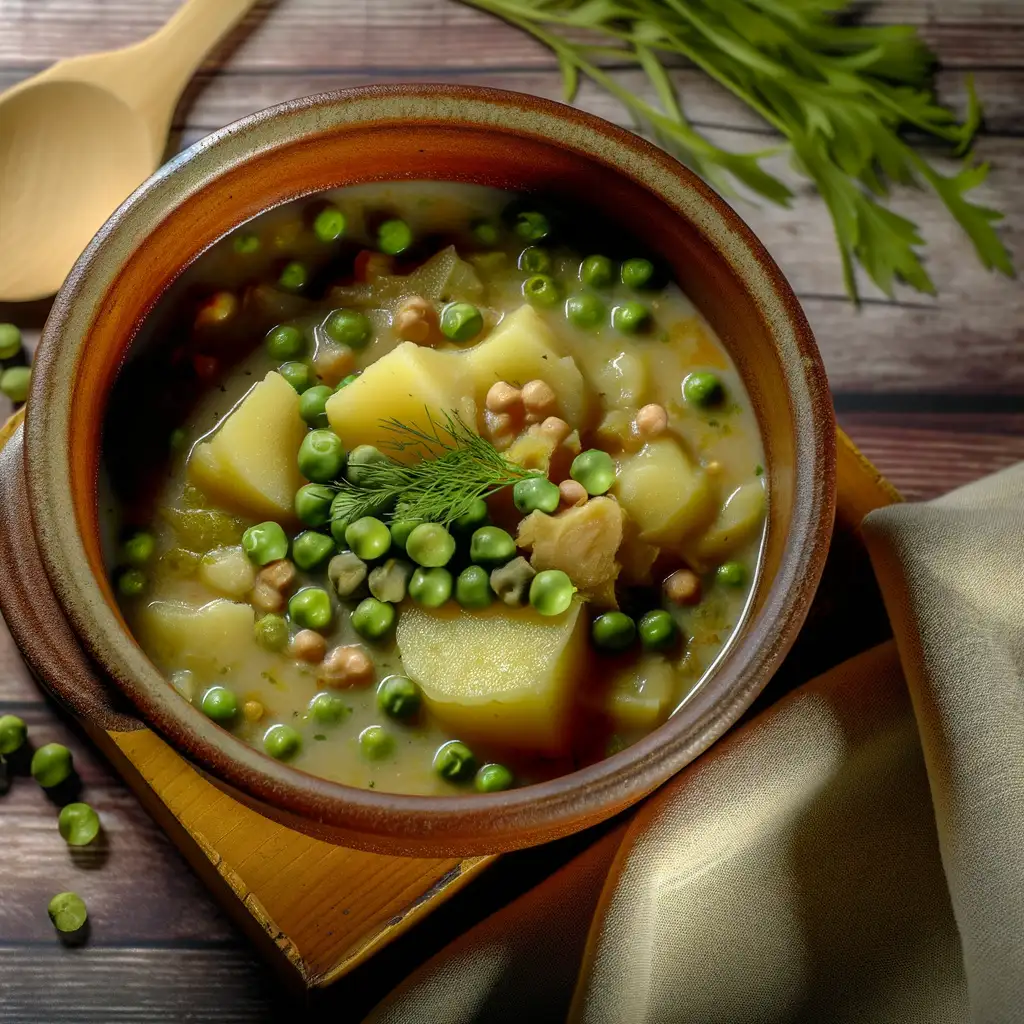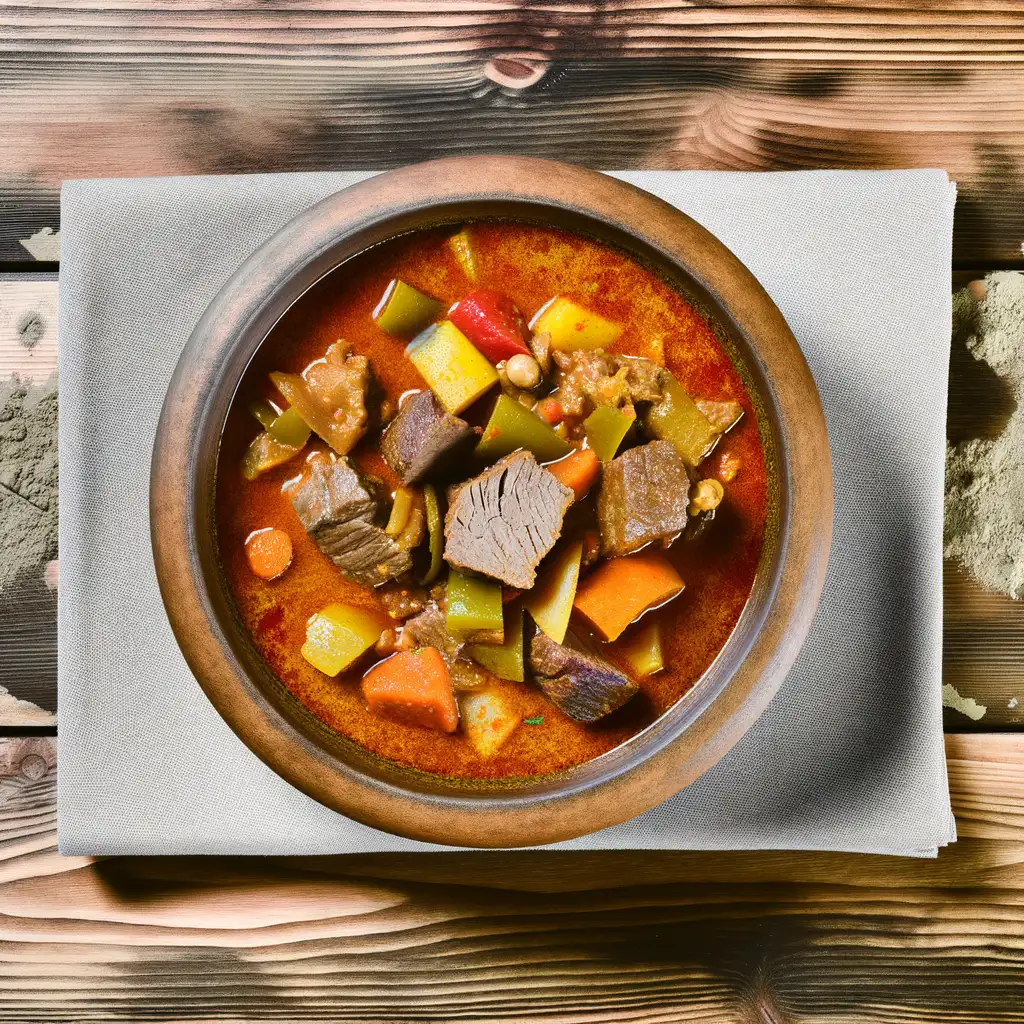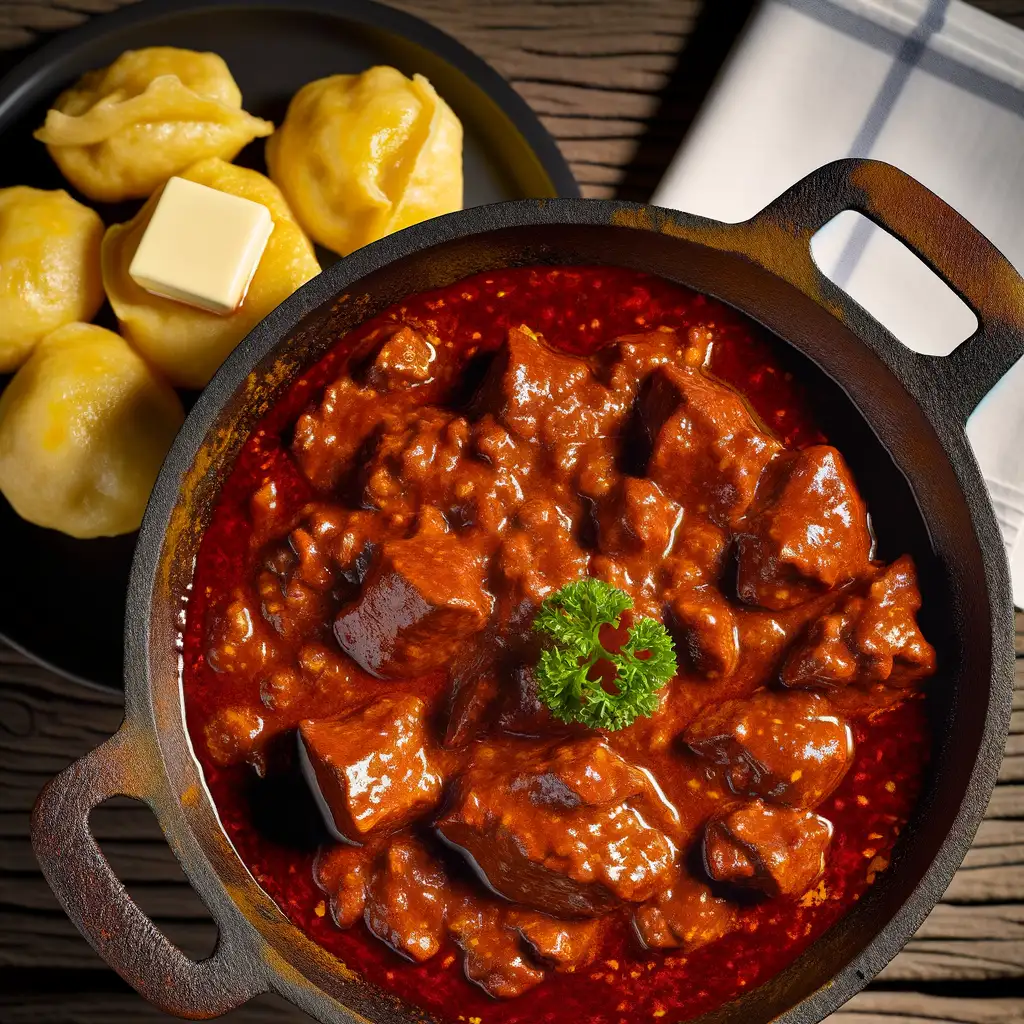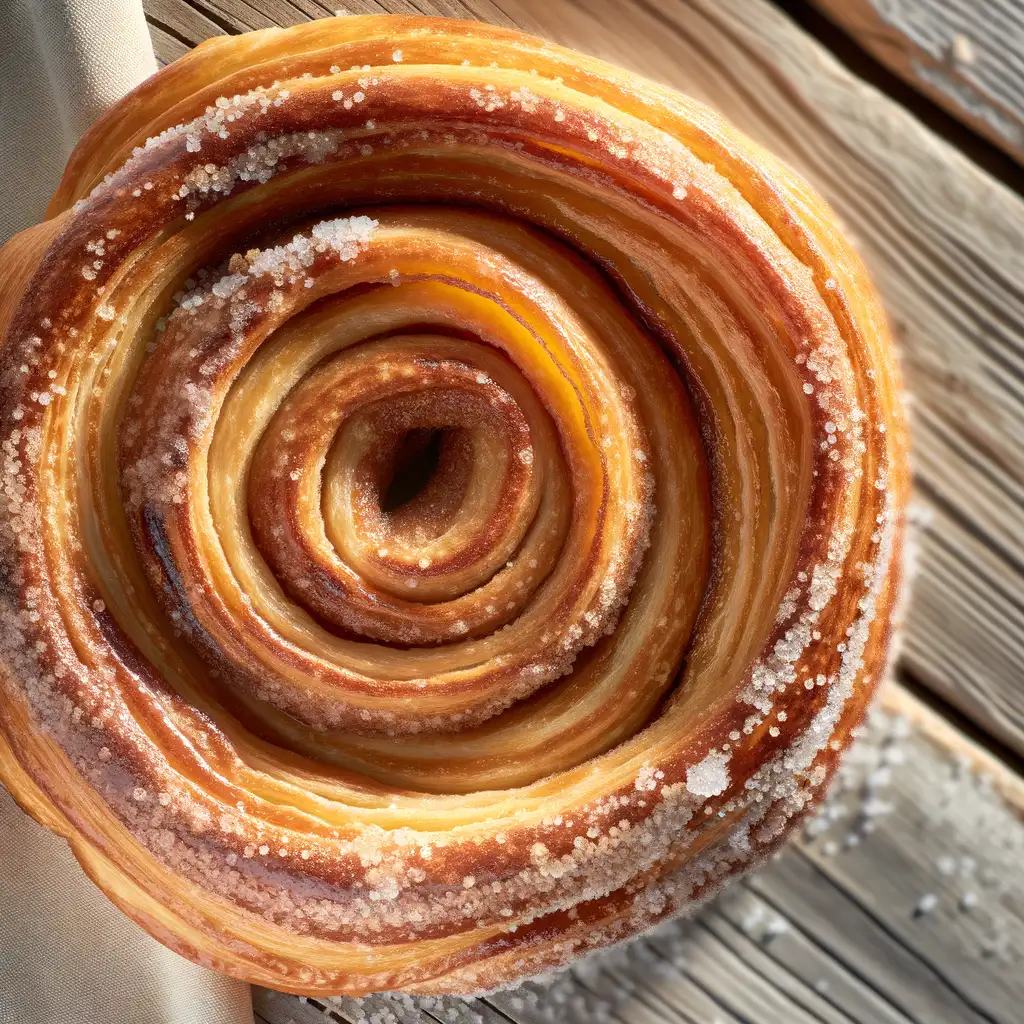



If you ever find yourself craving a mix of relaxation and lively local charm,Hadjúszoboszlói Járás in Hungary is a place that quietly steals your heart. The moment you arrive,there’s this warm,inviting buzz in the air—part spa town calm,part bustling market energy. You’ll notice the gentle steam rising from the famous thermal baths,mingling with the scent of fresh pastries and rich coffee wafting from cozy cafés nearby. It’s a place where the rhythm slows down just enough for you to savor every moment. Walking through the streets,you’ll catch glimpses of colorful buildings with intricate details,and hear the friendly chatter of locals sharing stories over a glass of pálinka or a hearty plate of traditional Hungarian goulash. The town pulses with a genuine sense of community,where history and modern life blend seamlessly. Whether you’re soaking in the mineral-rich waters that have drawn visitors for decades or wandering through leafy parks dotted with sculptures,there’s a comforting feeling of timelessness here. What really makes Hadjúszoboszlói Járás stand out is how it invites you to slow down and connect—with nature,with culture,and with yourself. The evenings bring a soft glow as street lamps flicker on,and the aroma of grilled meats and paprika fills the air,tempting you to linger over dinner. It’s not just a destination; it’s a warm embrace,a place where every sense feels alive and every moment feels like a gentle adventure.
The information on this page is currently being reviewed by Tripkliq and should be used as a guide only
Eng word: Hello
Eng pronunciation: See-ya
Local language: Szia
Eng word: Goodbye
Eng pronunciation: Vees-laht
Local language: Viszlát
Eng word: Thank you
Eng pronunciation: Kuh-suh-nuhm
Local language: Köszönöm
Eng word: How much
Eng pronunciation: Men-yee-beh keh-rool
Local language: Mennyibe kerül
Eng word: Toilet
Eng pronunciation: Vay-tsay
Local language: WC
Eng word: Help me
Eng pronunciation: Sheg-eet-sheg
Local language: Segítség
Eng word: Yes
Eng pronunciation: Ee-gen
Local language: Igen
Eng word: No
Eng pronunciation: Nem
Local language: Nem
Eng word: Excuse me
Eng pronunciation: El-ney-zesht
Local language: Elnézést
Hajdúszoboszló, the central town of Hajdúszoboszlói Járás, was officially established in 1606 when King Matthias II granted land to the Hajdú soldiers as a reward for their loyalty and service. This marked the beginning of the town's rich history.
In 1925, a major turning point in Hajdúszoboszló's history occurred when thermal waters were discovered during an oil drilling attempt. This discovery transformed the town into one of Hungary's most famous spa destinations.
Hajdúszoboszló is part of the Hajdú region, named after the Hajdú soldiers who were known for their bravery and played a significant role in defending Hungary during the Ottoman wars. Their legacy is celebrated in the town's culture and traditions.
The Reformed Church of Hajdúszoboszló, built in the 18th century, is a stunning example of Baroque architecture. It stands as a symbol of the town's religious and cultural heritage.
Following the discovery of thermal waters, Hajdúszoboszló developed a world-class spa complex. Today, it is one of the largest bath complexes in Europe, attracting visitors from all over the world.
The Bocskai István Museum, named after Prince István Bocskai, showcases the history and culture of Hajdúszoboszló and the surrounding region. It is a must-visit for history enthusiasts.
Hajdúszoboszló is an important town in Hajdú-Bihar County, contributing significantly to the region's economy, tourism, and cultural life. Its strategic location has made it a hub for visitors exploring eastern Hungary.
The town preserves the traditions of the Hajdú people, including their folk music, dance, and crafts. Visitors can experience these cultural elements during local festivals and events.
Since the mid-20th century, Hajdúszoboszló has become a major tourist destination in Hungary, known for its thermal baths, wellness services, and family-friendly attractions.
In Hadjúszoboszlói Járás, the most common Power Adaptor is Type C, Type F.



A thick vegetable stew, often made with potatoes, peas, or lentils, served as a side dish or main course.

A hearty Hungarian stew made with beef, vegetables, and paprika, known for its rich flavor and warming qualities.

A traditional meat stew, usually made with beef or pork, seasoned with paprika and served with dumplings or bread.

Deep-fried flatbread, often topped with garlic, sour cream, and cheese, popular as a street food snack.

Savory pancakes filled with meat, typically served with a rich sauce, originating from the Hortobágy region.

Stuffed cabbage rolls filled with a mixture of meat and rice, cooked in a savory tomato sauce.

A sweet, spiral-shaped pastry cooked over an open flame, coated in sugar and often flavored with cinnamon or nuts.

Budapest feels like stepping into a storybook where history and modern life dance together effortlessly. The moment you stroll along the Danube River,with the majestic Parliament building glowing in the evening light,you sense a city that’s both grand and inviting. There’s a rhythm here—street musicians playing haunting melodies,the clinking of glasses in cozy ruin pubs,and the gentle splash of thermal baths that have been soothing locals for centuries. It’s a place where every corner whispers tales of empires past,yet pulses with youthful energy.
Wandering through the cobbled streets of the Castle District,you catch the scent of fresh pastries mingling with the earthy aroma of old stone walls. The vibrant markets buzz with vendors selling paprika,fresh bread,and sweet chimney cakes,tempting you to taste the rich flavors of Hungarian cuisine. Budapest’s character shines brightest in its contrasts:the elegant Art Nouveau cafés sit side by side with edgy street art,and the grand boulevards lead you to intimate courtyards where locals sip coffee and chat animatedly.
What makes Budapest truly unforgettable is how it wraps you in warmth—whether it’s the steamy embrace of a thermal bath on a chilly day or the friendly chatter in a bustling café. It’s a city that invites you to slow down,savor every moment,and discover stories hidden in its architecture,food,and people. Trust me,once you’ve felt Budapest’s pulse,you’ll carry a piece of it with you long after you leave.
Vienna feels like stepping into a living storybook where every street hums with history and charm. The moment you wander through its grand boulevards,you’re wrapped in a warm embrace of baroque architecture,cozy coffeehouses,and the gentle melodies of street musicians playing waltzes nearby. There’s a rhythm to the city — elegant yet inviting — where the past and present dance together effortlessly.
As you stroll along the Danube or through the lush gardens of Schönbrunn Palace,you catch the scent of freshly baked strudel mingling with the earthy aroma of roasted coffee beans from a nearby café. The city’s café culture is something special; sitting down with a slice of Sachertorte and a strong Viennese coffee feels like a small,delicious ritual. You’ll hear the soft clink of porcelain cups and the murmur of locals deep in conversation,making you feel instantly at home.
Vienna’s character is a blend of refined artistry and genuine warmth. It’s a place where grand opera houses and modern galleries coexist,and where the locals’ pride in their musical heritage is palpable. Whether you’re exploring the vibrant Naschmarkt with its colorful stalls or catching a live performance in a centuries-old concert hall,Vienna invites you to slow down,savor the moment,and soak in its timeless elegance.
Prague feels like stepping into a storybook where every corner hums with history and charm. The moment you wander onto the cobblestone streets of the Old Town,you’re wrapped in a warm,timeless embrace. The air carries a mix of fresh-baked pastries and rich coffee from cozy cafés,mingling with the faint scent of aged wood and stone from centuries-old buildings. As you stroll across the iconic Charles Bridge,the soft murmur of the Vltava River below blends with the distant melodies of street musicians,creating a soundtrack that’s both lively and soothing.
What’s truly captivating about Prague is its effortless blend of old and new. Gothic spires and baroque facades stand proudly alongside vibrant street art and bustling markets. The city pulses with a creative energy,from the quirky art galleries tucked away in narrow alleys to the lively beer gardens where locals and travelers clink glasses over hearty Czech fare. There’s a genuine warmth in the way people share their culture,whether it’s through a friendly chat in a pub or an invitation to a traditional music performance.
At night,Prague transforms into a magical place where the city lights dance on the river’s surface and the aroma of roasted chestnuts fills the air. It’s a city that invites you to slow down,savor every moment,and get lost in its stories. Trust me,once you’ve experienced Prague’s unique rhythm and soul,it stays with you long after you’ve left.
Imagine wandering through a city where the old world gently brushes against the new,and every corner hums with a quiet,inviting energy—that’s Zagreb. From the moment you step into its cobbled streets,you’re wrapped in a warm,lived-in charm. The air carries the scent of fresh coffee mingling with blooming linden trees,while the distant chatter from open-air cafés spills into the streets,inviting you to slow down and savor the moment. Zagreb doesn’t shout for attention; it welcomes you like an old friend,with a smile and a story.
The city’s character is a delightful blend of Austro-Hungarian elegance and vibrant Croatian spirit. Strolling through the Upper Town,you’ll catch glimpses of medieval towers and baroque facades,while the Lower Town buzzes with modern life—art galleries,quirky boutiques,and lively markets where you can taste local cheeses,honey,and the unmistakable sweetness of fresh figs. Music often drifts from street performers,adding a soundtrack to your exploration that feels both spontaneous and soulful.
What makes Zagreb truly special is its rhythm—unhurried yet alive. Whether you’re sipping a glass of robust Croatian wine in a cozy tavern or watching the sunset paint the rooftops in shades of gold and rose,there’s a sense of belonging here. It’s a city that invites you to not just see it,but to feel it,to become part of its story,even if just for a little while.
If you find yourself wandering through Okres Bratislava I,you’ll immediately notice a unique blend of old-world charm and vibrant city life that feels both cozy and electric. The cobblestone streets of the historic center invite you to slow down and soak in the atmosphere,where the scent of fresh pastries mingles with the faint hum of street musicians playing in the squares. It’s the kind of place where every corner tells a story—whether it’s the medieval walls of Bratislava Castle standing proudly above the Danube or the colorful facades of buildings lining Michalská Street.
What really makes Bratislava I special is its rhythm. Mornings start with locals sipping rich Slovak coffee in sun-dappled cafés,while afternoons buzz with the chatter of artists and students spilling out from galleries and bookshops. The city’s character is a warm mix of tradition and creativity,where centuries-old churches sit side by side with trendy bistros serving up hearty bryndzové halušky (potato dumplings with sheep cheese) that taste like a comforting hug.
As evening falls,the lights reflecting off the Danube create a magical glow,and the air fills with the aroma of grilled meats and fresh bread from nearby markets. Whether you’re wandering through leafy parks or catching a live jazz set in a tucked-away cellar bar,Bratislava I feels like a place that invites you to linger,explore,and fall a little in love with its easygoing spirit and rich culture.
If you ever find yourself wandering through the sun-drenched streets of Dubrovnik,you’ll immediately feel like you’ve stepped into a living storybook. The city’s ancient stone walls rise proudly against the sparkling Adriatic,and as you stroll along the marble-paved Stradun,the salty sea breeze mingles with the scent of fresh pine and blooming bougainvillea. There’s a rhythm here—a gentle hum of life where history and modern charm dance together effortlessly.
Dubrovnik’s character is woven into every corner:the clatter of café cups,the murmur of locals chatting in cozy taverns,and the distant call of seagulls overhead. You can almost taste the city in the air—briny and fresh,with hints of grilled seafood and ripe figs from the markets. Sitting at a seaside restaurant,watching the sun dip behind the fortress walls,you’ll savor dishes bursting with Mediterranean flavors,paired with a glass of crisp Croatian white wine.
What makes Dubrovnik truly special is how it balances its rich past with a vibrant present. The city’s narrow alleys invite exploration,revealing tucked-away galleries,artisan shops,and lively squares where music spills out into the streets. Whether you’re tracing the footsteps of ancient mariners or simply soaking up the golden light on a quiet terrace,Dubrovnik feels like a warm embrace—inviting,timeless,and utterly unforgettable.
Tourists may be tricked into paying for non-existent or substandard accommodations through fake online listings.
Tourists may be offered unfavorable exchange rates or given counterfeit currency at unofficial exchange points.
Vendors may sell low-quality or counterfeit souvenirs at inflated prices, claiming they are authentic local crafts.
Scammers may sell counterfeit tickets to the famous thermal baths, which are invalid upon entry.
Some taxi drivers may overcharge tourists by not using the meter or taking unnecessarily long routes.
Crowded tourist areas, such as near the thermal baths or markets, may attract pickpockets targeting unsuspecting visitors.
Some restaurants may inflate bills by adding hidden charges or charging for items not ordered.
Hungary has strict drug laws, and the possession, use, or distribution of illegal drugs is a criminal offense. Even small amounts of drugs for personal use can lead to legal consequences, including fines or imprisonment. Tourists should avoid any involvement with illegal substances while in Hajdúszoboszlói Járás or anywhere in Hungary.
In Hajdúszoboszlói Járás, Hungary, smoking is prohibited in enclosed public spaces, workplaces, public transport, and within a certain distance of entrances to public buildings. Smoking is also banned in playgrounds and on public beaches. Designated smoking areas may be available in some locations, but tourists should look for signage to confirm. Violations can result in fines.
Vaping is subject to similar restrictions as smoking in Hungary. It is prohibited in enclosed public spaces, workplaces, and public transport. Additionally, the sale of e-cigarettes and related products is regulated, and advertising them is banned. Tourists should avoid vaping in non-designated areas to avoid fines.
What are other people saying about Hadjúszoboszlói Járás?
Recent Social posts about Hadjúszoboszlói Járás
There is nothing to show you for now.